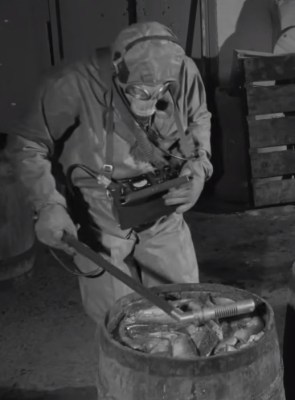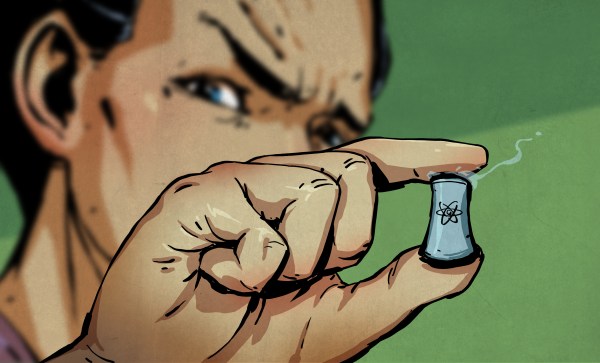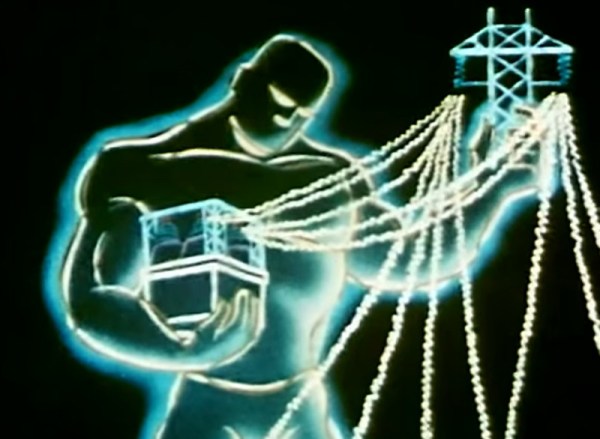Since the tail end of World War II, humanity has struggled to deal with its newfound ability to harness the tremendous energy in the nucleus of the atom. Of course there have been some positive developments like nuclear power which can produce tremendous amounts of electricity without the greenhouse gas emissions of fossil fuels. But largely humanity decided to build a tremendous nuclear weapons arsenal instead, which has not only cause general consternation worldwide but caused specific problems for one scientist in particular.
[Steve Weintz] takes us through the tale of [Dr. John C. Clark] who was working with the Atomic Energy Commission in the United States and found himself first at a misfire of a nuclear weapons test in the early 1950s. As the person in charge of the explosive device, it was his responsibility to safely disarm the weapon after it failed to detonate. He would find himself again in this position a year later when a second nuclear device sat on the test pad after the command to detonate it was given. Armed with only a hacksaw and some test equipment he was eventually able to disarm both devices safely.
One note for how treacherous this work actually was, outside of the obvious: although there were safety devices on the bombs to ensure the nuclear explosion would only occur under specific situations, there were also high explosives on the bomb that might have exploded even without triggering the nuclear explosion following it. Nuclear bombs and nuclear power plants aren’t the only things that the atomic age ushered in, though. There have been some other unique developments as well, like the nuclear gardens of the mid 1900s.




















